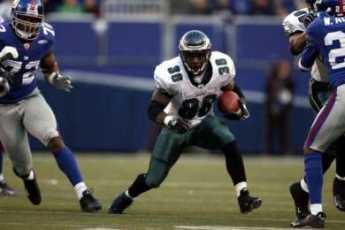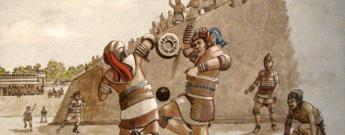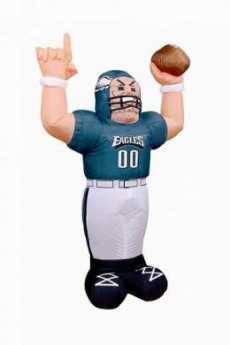Related Topics
Sporting Philadelphia
A few reflections about sports in and around Philadelphia.

Right Angle Club 2008
A report, to the year 2008 shareholders of the Right Angle Club of Philadelphia, by the outgoing president, Neale Bringhurst...
Mesoamerican Ball Game

|
| Mexican Ball Court |
David Richards recently entertained and educated the Right Angle Club about his hobby interest in the Mexican ball game. Several thousand stadia have been excavated in Meso America, dating back three thousand years, so no other team sport can claim to have endured so long. The stadia vary in size from quite small (Copan) to quite large (Chichen Itza), the teams varied from two on a side to seven on a side, the rubber ball varied in size, and so on. But it has endured for many centuries as a team sport trying to get a rubber ball through hoops, on a playing field within a stadium. It had many fatal results, but it remains a little unclear whether these were player injuries or ritual human sacrifices.
The tour guides around these excavations are guilty of many fabrications for the enjoyment of gullible tourists but most of the real historical records were destroyed by the Spanish conquerors in their effort to eradicate idolatry. There were piles of skulls found rather near some ball stadia, so people were apparently killed there for some reason. A few wall glyphs depict some individuals being sacrificed by what seem to be priests. It seems possible the ball games were used to settle disputes, possibly wars, and in any event it looks as though many games were definitely played for keeps. Some players are depicted as holding clubs, so perhaps baseball can be traced back?

|
| Eagles with the ball |
The oldest stadia were constructed by the Olmecs, around Vera Cruz, about 1500 B.C. When the Spanish arrived, they found the ball stadium in Mexico City was the center of town and religious observance, so in typical Spanish reaction they built a cathedral on top of it. In this activity emerges the tradition that this particular ball court was regarded as sitting on top of the entrance to the underworld. Out of the various threads of fact and tradition, the general theory has emerged that the ball game in Aztec times had become a central ritual in the symbolism of life and death, of the transformation of human blood into maize, the transformative development of Mesoamerican culture.
That could not have been true throughout history, however. Ball courts have been found which were built for centuries before the Teotihuacan culture, and for centuries after that culture declined. During the Teotihuacan era of dominance, however, no ball courts. The religious association undoubtedly varied through that time, as well.
Central America had rubber trees, the rest of the world did not. The European invaders quickly took the six-pound rubber balls back with them, modified them and modified the rules. But all those different ball games do seem to trace back to this Mexican innovation. Human sacrifice is no longer an overt part of the experience, but team ball sports remain contact sports, with bloody consequences of some sort, no matter where they are played.
www.Philadelphia-Reflections.com/blog/1539.htm
Originally published: Friday, November 21, 2008; most-recently modified: Wednesday, August 07, 2019
| Posted by: jjos | Jan 8, 2009 9:49 PM |